Sicily, the largest of the Italian islands, is one of the pearls of Southern Italy and can be discovered, understood and experienced through a series of itineraries dedicated to areas of interest ranging from nature to history and traditions.
Nature seems to have endowed all its wonders to this land: mountains, hills and above all the sea, with its incredible colors, its crystal-clear water and the beauty of its beaches.
The Southern part of Sicily is home to several beautiful places, which we explored from Donnafugata Golf Resort & SPA.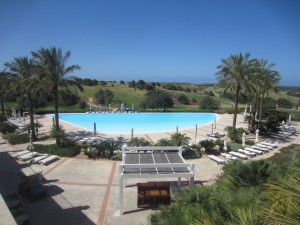
Our Itinerary
- Agrigento
- Siracusa
- Noto
- Piazza Armerina
- Ragusa
- Scicli
Agrigento
_-_Valle_dei_Templi,_Agrigento,_Sicily,_Italy_-_17_Oct._2010.jpg) Located on a plateau overlooking Sicily’s southern coast, Agrigento was founded as Akragas around 582 BC by a group of colonists from Gela, who themselves were the immediate descendants of Greeks from Rhodes and Crete.In the Valley of the Temples are the ruins of numerous temples, like the well-preserved Concord Temple.
Located on a plateau overlooking Sicily’s southern coast, Agrigento was founded as Akragas around 582 BC by a group of colonists from Gela, who themselves were the immediate descendants of Greeks from Rhodes and Crete.In the Valley of the Temples are the ruins of numerous temples, like the well-preserved Concord Temple.
The Greek temples, theatres and ruins, and even the archaeological museums, are located outside the city. The Temple of Concord, built around 440 BC, is in great condition, and at night the illuminated temple is a sight to behold. A number of telamons (large segmented stone columns in the form of human figures) have been preserved.
Siracusa
 Siracusa (Syracuse) is a window into the ancient history of the Mediterranean and Europe. Its vast archeological site, on the edge of the modern city, is a rare treasure of temples, amphitheatres and an ancient castle. The island of Ortygia – a labyrinth of charming ancient and medieval streets – makes for a delightful holiday of sightseeing and shopping.
Siracusa (Syracuse) is a window into the ancient history of the Mediterranean and Europe. Its vast archeological site, on the edge of the modern city, is a rare treasure of temples, amphitheatres and an ancient castle. The island of Ortygia – a labyrinth of charming ancient and medieval streets – makes for a delightful holiday of sightseeing and shopping.
Its older residential quarter is an island, Ortigia (or Ortygia). Ortygia is known for, among many other things, the freshwater Spring of Arethusa. When Artemis changed Arethusa into a spring of water to escape the river god Alpheus, it was here that the transformed maiden emerged.
On a more factual note, Syracuse was the city of Archimedes, Aeschylus (whose plays are still performed in the huge amphitheatre) and Pindar. Plato spent several years here. It was the most important city in Magna Graecia, the Greeks’ America, and for a long time rivaled Athens as the most important city of the Greek world.
Noto
Sicily’s “Baroque City” Noto is located in the southeastern corner of Sicily. The history of Noto prior to the 1693 quake belongs to the old town, now called “Noto Antica”. Old Noto was completely destroyed in earthquake in 1693, which also heavily damaged Catania and Syracuse. The present site of Noto was rebuilt almost entirely in Baroque style, the prevailing style of building in Sicily at the time.
Piazza Armerina
 Set on a plateau almost 700 meters above sea level, the city of Piazza Armerina has great charm. Founded during the Arab era, its historical quarter has some beautiful churches, including a Baroque cathedral, as well as a well-preserved fortress (Spinelli Castle), but most visitors come here to see the Roman Villa, with its magnificent mosaics.
Set on a plateau almost 700 meters above sea level, the city of Piazza Armerina has great charm. Founded during the Arab era, its historical quarter has some beautiful churches, including a Baroque cathedral, as well as a well-preserved fortress (Spinelli Castle), but most visitors come here to see the Roman Villa, with its magnificent mosaics.
Located a few kilometers outside town, the villa is one of the largest Roman dwellings of its kind to have survived antiquity, and probably belonged to a wealthy patrician.
Depicting scenes from daily life, such as hunting, the mosaics are as remarkable for their sociological value as for their artistry. One of these, showing women clad in two-piece swimsuits exercising with barbells, could well describe a scene typical of the twentieth century.
Ragusa
 The city of Ragusa, capital of the province of the same name, is located about an hour’s drive from Syracuse, the nearest large city. For most visitors, Ragusa and its province are off the beaten path. However, this factor also has an advantage since the area is one of the more tranquil and thus more “authentically” Sicilian of the Baroque splendor island’s nine provinces.
The city of Ragusa, capital of the province of the same name, is located about an hour’s drive from Syracuse, the nearest large city. For most visitors, Ragusa and its province are off the beaten path. However, this factor also has an advantage since the area is one of the more tranquil and thus more “authentically” Sicilian of the Baroque splendor island’s nine provinces.
Consequently, the beaches of the province of Ragusa are some of the cleanest, most affordable and least crowded in Sicily. Ragusa and its Baroque churches are certainly worth seeing.
Scicli
_2010_048.jpg) Less well-known than its prestigious neighbours Ragusa, Noto and Modica, but just as fascinating and beautiful, Scicli is well worth a visit.
Less well-known than its prestigious neighbours Ragusa, Noto and Modica, but just as fascinating and beautiful, Scicli is well worth a visit.
It sits in a gorge just a few miles from the long sandy beaches of Sampieri and Donnalucata and is overlooked by a towering rocky mass on which the Church of San Matteo sits.
The town shares much of its history with the other UNESCO Heritage Site towns of the Val di Noto, most specifically the fateful earthquake of 1693, during which over 3,000 of the town’s population died. Scicli, like the towns in the area, was totally rebuilt in pure Sicilian Baroque style. Today, it is a joy to wander round.
We stayed at: Donnafugata Golf Resort & SPA
 The luxury five-star Donnafugata Golf Resort & SPA is a heavenly place for anyone wishing to experience an unforgettable stay in one of the most enchanting regions in Sicily.
The luxury five-star Donnafugata Golf Resort & SPA is a heavenly place for anyone wishing to experience an unforgettable stay in one of the most enchanting regions in Sicily.
The nearby beaches and seaside locations, such as Marina di Ragusa, Punta Secca, Sampieri, Santa Croce and Camerina, unveil all their charm with clean beaches and charming fishing villages. Within easy reach from the resort, you can visit the most beautiful towns of the regions.
A real delight for golf-lovers, venue of the Sicilian Open 2011, the resort liesa short drive from Catania International Airport and just 10 minutes drive from the historic centre of Ragusa.
The Resort offers two 18-hole championship golf-courses, 900mq Spa and fitness center, swimming-pools, three restaurants and several meeting rooms – the ideal destination for a holiday focused on sport and relaxation and for important events in a truly exclusive setting.
Contact and Reservations: Donnafugata Golf Resort & SPA

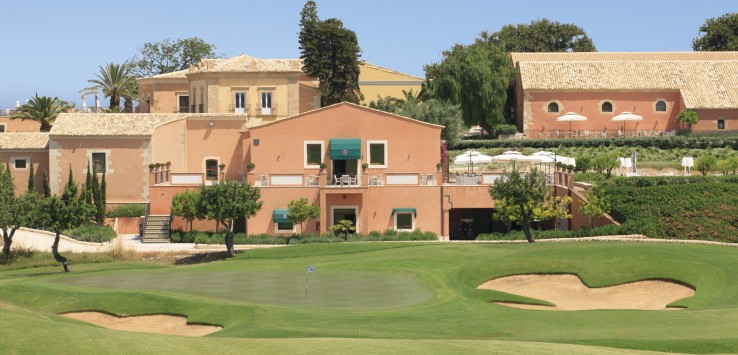
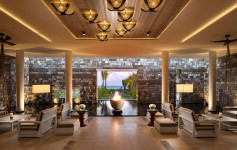
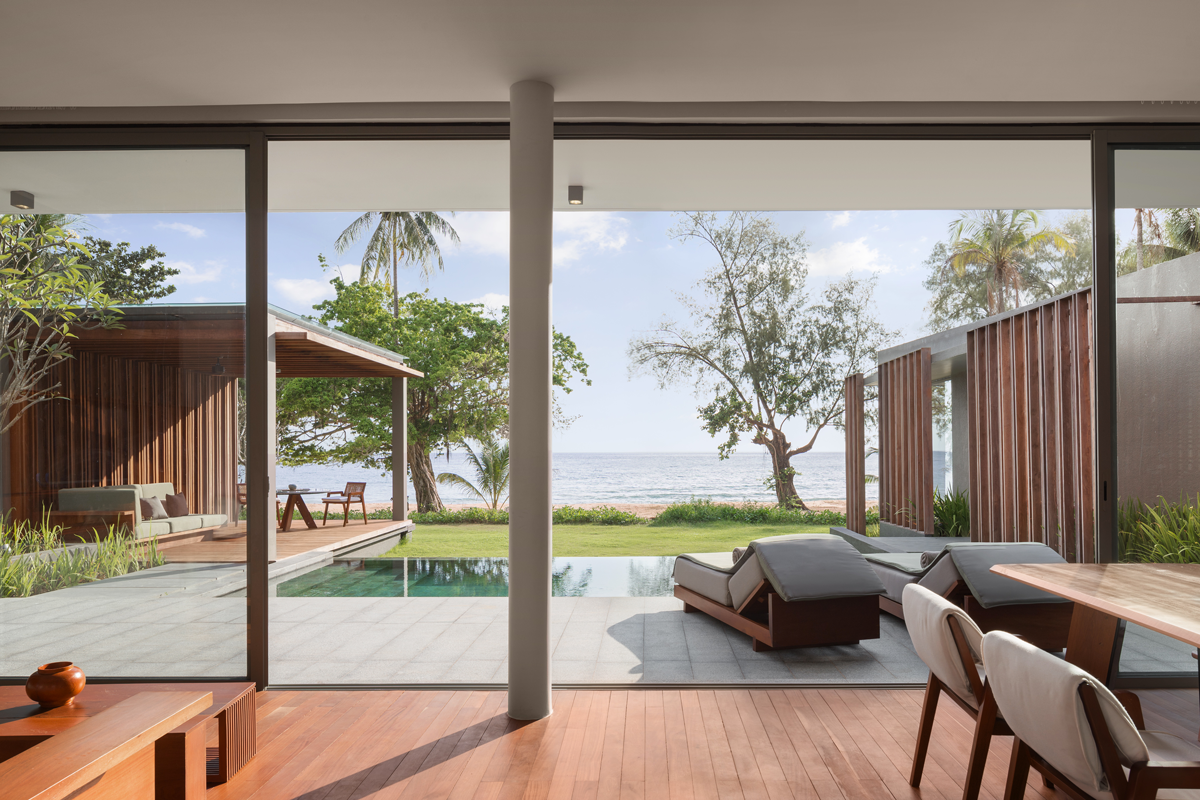
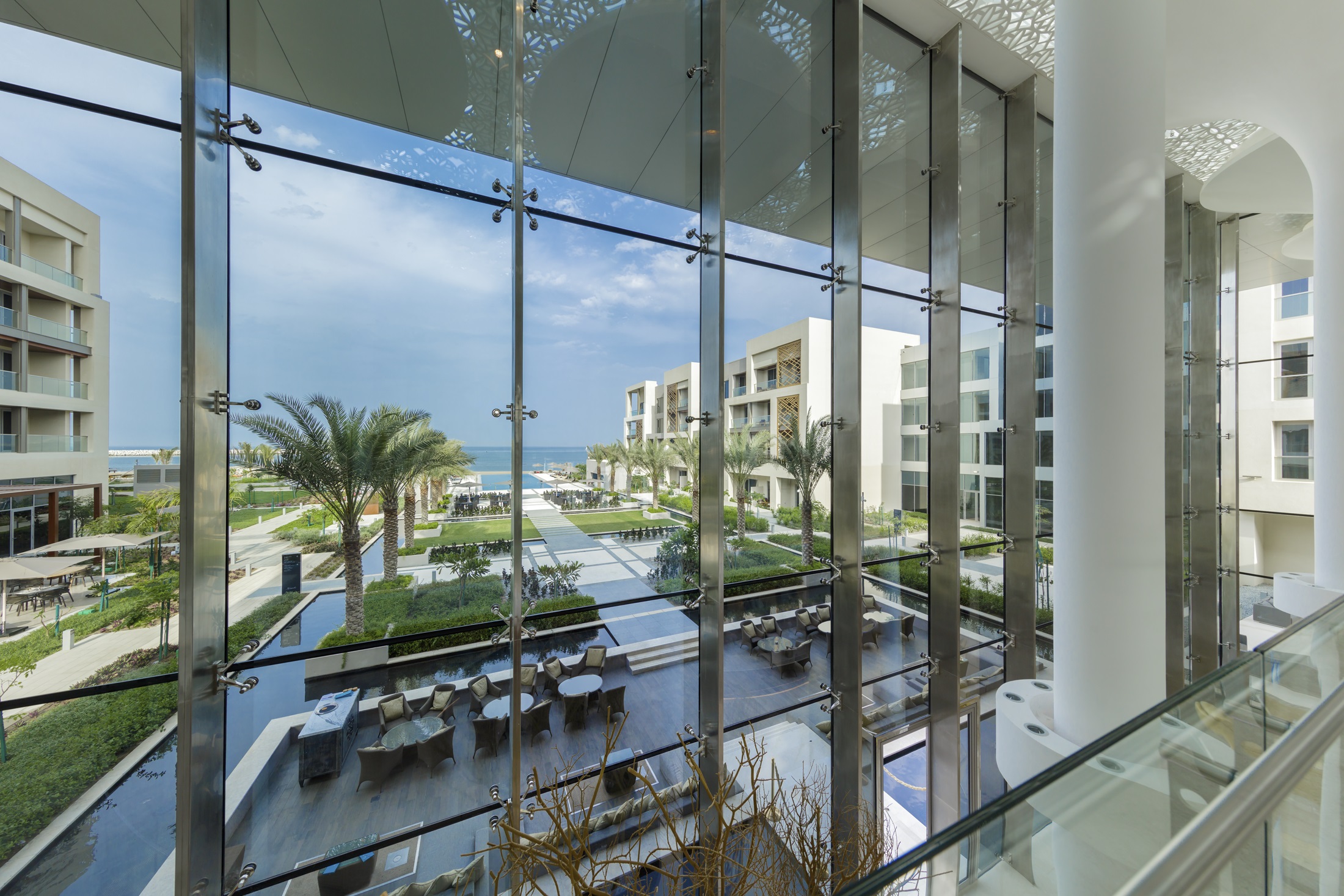
Great post! I’ll put it on my bucket list!